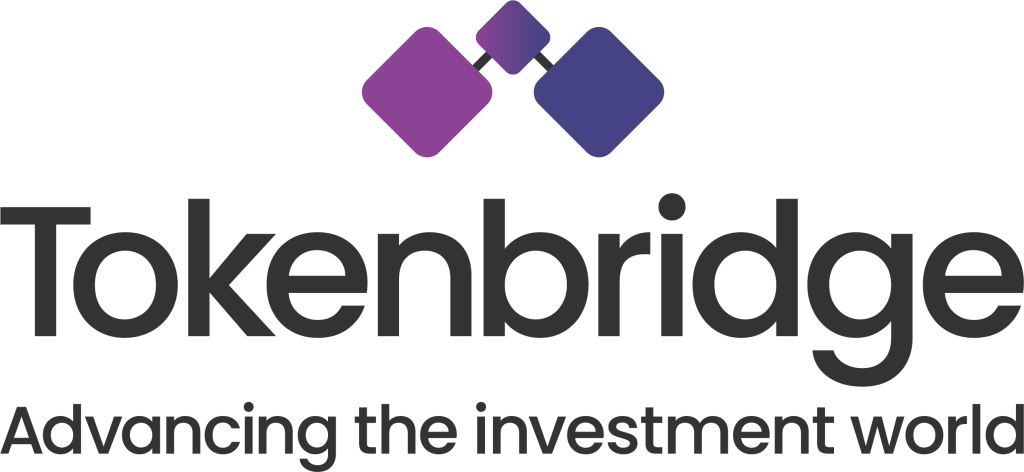
Guides What Is Tokenization?

Introduction
Tokenization provides investors with greater efficiency, security, accessibility, and flexibility than traditional investments. It offers a range of benefits, including lower transaction costs, faster settlement times, increased transparency and greater access to markets and investments that were previously inaccessible to the average investor.
What is a token?
When the first blockchain was introduced along with the Bitcoin cryptocurrency, each holding in Bitcoin was given a secure identifier. This was called a token. In its simplest form, a token is just a number, stored on a computer (or on a distributed network of computers).
While the first tokens represented cryptocurrencies, a token can be used more widely to represent financial assets such as funds, bonds or equities, or a piece of digital artwork, or even real-world objects such as paintings or real estate. The act of generating a token to represent such assets is called tokenization.
Let’s imagine a penny in a piggybank. The coin alone shows no record of where or whom it came from and has no date attached. The coin, in this instance, is not tokenized.
Now let’s replace the coin with an IOU. This piece of paper lists the value of the transaction, in this case a penny, the time and date, the sender and the receiver – the new owner of the penny. This IOU is just like a token. If you were to pass on the penny, you would repeat the process, adding to the note. And just for safety, you could send a copy of the note to every single person in the world.
This simple analogy explains how tokens work on the blockchain. With every new transaction, a new block is created on the chain including all the key data, building on the block before it. Every transaction is recorded, and because everyone in the world has a copy, it can’t be disputed.
Crucially, it’s not just data that can be stored on the blockchain. Executable code can be added, controlling the behaviour of the token under certain conditions. This executable code is called a smart contract.
What is a tokenized asset?
Tokenized assets refer to traditional financial assets that have been converted into digital tokens, using blockchain technology to record ownership through a series of transactions. This makes it possible for investors to own fractional shares of valuable assets such as real estate, hedge funds, bonds, stocks, and other financial instruments.
Tokenized assets offer several benefits, including lower transaction costs, increased liquidity, greater accessibility, and increased security and transparency.
By tokenizing, the fund manager gains access to a much wider and more effective distribution network while maintaining the management and accounting by using traditional processes and technologies to rebalance the assets that make up the fund, invest new cash to generate more units, process events such as corporate actions and dividends, and calculate and post the fund’s price (the Net Asset Value or NAV).
But it goes further: if the assets that constitute the mutual fund are themselves tokenized, the fund manager will be able to take advantage of the blockchain’s unique capabilities, such as the smart contract, to automate much of this administrative activity. As underlying asset prices move, or assets are bought and sold, the fund’s constitution can be amended in real time, with real-time pricing.
Activities that today take many days to achieve can become almost instant.
